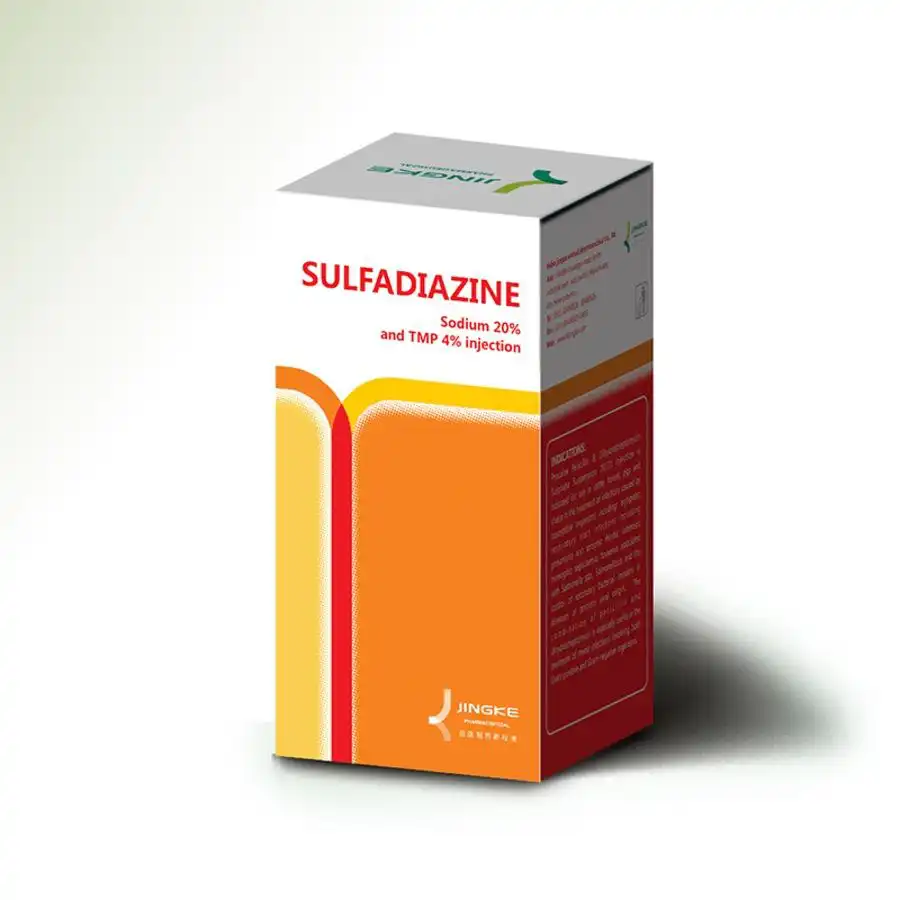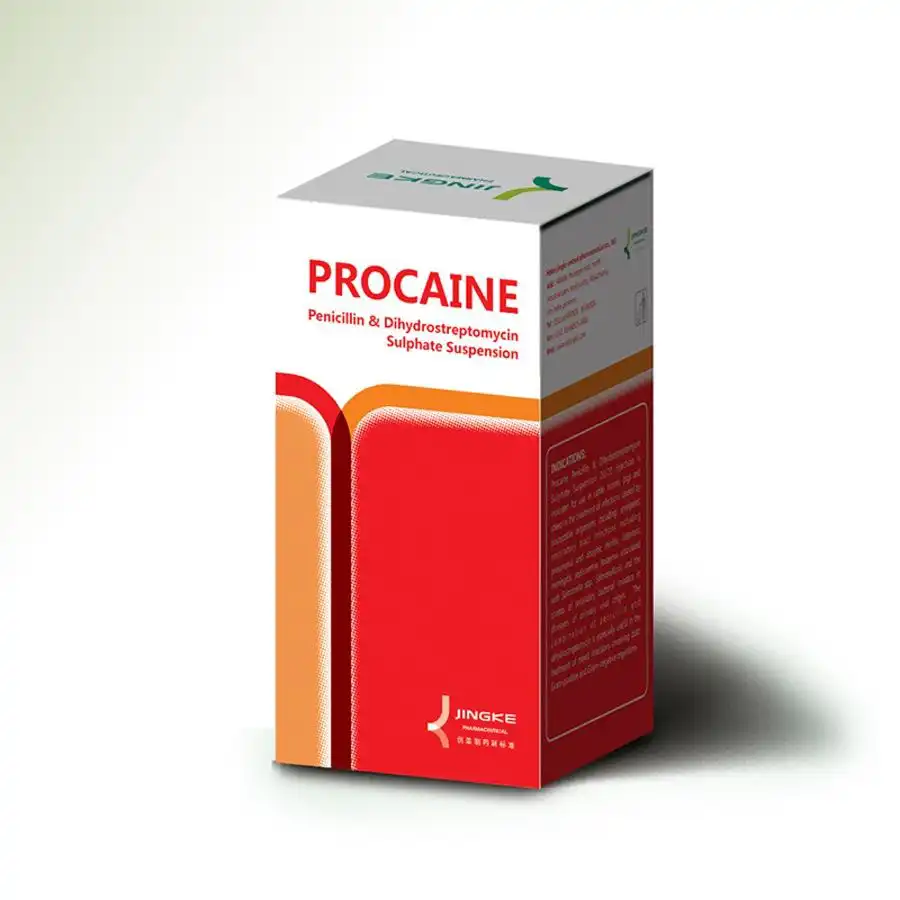The Five Major Development Trends in the Global Cattle Breeding Industry

Due to the global food scarcity and the vital role of the cattle industry in national economies, developed countries worldwide place great emphasis on its development. Current global trends in the cattle industry exhibit the following characteristics:
I. Rapid Development of the Dairy Industry with Continuous Increase in Individual Milk Yield
Data indicates that the global annual average number of dairy cows in 1990 increased by 18.9% compared to 1961-1965. The countries with the largest cattle populations were the former Soviet Union, India, Brazil, and the United States. However, when measured by average milk yield per cow, Israel (8519 kg/head ), the United States (6711 kg/head ), Denmark (6265 kg/head ), and other countries ranked at the top.
II. Fast Growth of the Beef Industry
Global beef production in 1990 increased by 30.7% compared to 1969-1971. Japan had the largest average carcass weight (394 kg), followed by the former West Germany (345 kg), the United States (297 kg), France (288 kg), and others.
III. Simplification of Dairy Breeds and Development of Large Beef Breeds
Holstein Friesian cattle are the most prevalent dairy breed, accounting for 90% of dairy cattle in the United States. In the beef industry, there has been a recent shift away from developing smaller-framed, easily fattened, and early-maturing British breeds towards larger continental European breeds. In particular, French breeds like Charolais and Limousin, Italian breeds like Chianina, and Swiss breeds like Simmental have gained widespread attention and are developing rapidly. These breeds are characterized by their large size, fast weight gain, high lean meat yield, and low fat content. In recent years, consistent demands for beef quality indicators internationally include short fattening periods, early marketing age, a high proportion of lean and high-quality meat, high daily weight gain, and low feed consumption. In the dairy industry, the former sole focus on milk fat percentage has also shifted to simultaneously valuing the protein and dry matter content in milk.
IV. Trend Towards Intensification, Specialization, and Automation in Cattle Farm Management
In recent years, cattle farms in capitalist countries have increasingly developed towards specialization and industrialization, implementing intensive management practices. Herd sizes are continuously expanding, and the levels of mechanization and automation are constantly improving.
V. Utilizing Grasslands for Beef Cattle Development
A key characteristic of beef cattle management abroad is the full utilization of grasslands and agricultural by-products to reduce feeding costs.
Prevention and Control of Common Cattle Diseases
With the adjustment of agricultural structure, China’s cattle breeding industry has developed rapidly. During the process of raising beef cattle and dairy cows, some diseases often occur and the incidence is increasing, which brings more serious harm. Therefore, we should know how to prevent and control some common bovine diseases that can harm China’s cattle breeding industry, such as calf diarrhea, bovine tuberculosis, colds, etc.
1. Prevention and Treatment of Calf Diarrhea
Calf diarrhea commonly occurs in 2-7 day old calves, it is an intestinal infectious disease of newborn calves, often occurs in early spring and late autumn, with high incidence rate, rapid onset and high mortality rate, which often causes great losses to animal husbandry. Calf diarrhea has two types: infectious diarrhea and indigestion. In the early stage of onset, calves only excrete yellowish-white, porridge-like feces with a bad smell. Subsequently, the body temperature may reach around 41°C, breathing 60 times/min – 110 times/min, pulse 100 times/min – 120 times/min, preferring to lie down, dry rales may be heard during lung auscultation, watery or jelly-like feces with a bad smell, blood clots and blood threads, etc. In the later stages of the disease, the skin of sick cows lacks elasticity, eyes sink, and eventually may die from dehydration. How to prevent and treat calf diarrhea? Firstly, attention should be paid to diet and environmental hygiene, strengthen feeding management, ensure good ventilation in the calf pen in summer and regularly disinfect it. Sick cows should be isolated and treated promptly. Secondly, feed calves with colostrum after birth to improve their disease resistance ability. Colostrum should be kept free from pollution, the teats should be cleaned before milking to ensure quality. Antibiotics should be added during the first three days of the first feeding to reduce the incidence of calf diarrhea. Clinically, drugs such as sulfadiazine, norfloxacin, gentamicin and kanamycin sulfate can be used for treatment, and liquid supplements should be given to calves timely.
2. Prevention and Control of Bovine Tuberculosis
Tuberculosis is one of the five most fatal infectious diseases in China, caused by Mycobacterium tuberculosis, a zoonotic infectious disease that can infect various animals, commonly seen in dairy cows. The initial symptoms of bovine tuberculosis are not obvious and vary depending on the affected organ, mainly pulmonary tuberculosis, characterized by persistent and stubborn dry cough. The prevention and control of bovine tuberculosis is mainly comprehensive prevention and control, preventing the introduction of sick cows and purifying the infected population. Therefore, regular epidemic checks must be conducted, feeding management strengthened, environment kept clean, suspicious sick cows must be isolated and observed immediately. For the diseased cow group, a delivery room should be set up and kept clean. Newborn calves should be separated from other cows immediately, then disinfected with 2%-5% sulfur solution, fed with disinfected milk or healthy cow milk, and quarantined for at least three times, only negative and asymptomatic cows can be placed in the healthy cow group.
3. Prevention and Control of Cold
Cattle cold is usually caused by exposure to wind or snow, the body temperature of sick cows rises significantly, ears and nose are cool, nasal discharge is thin, appetite decreases, breathing becomes rapid, occasionally accompanied by coughing and rumen distension, photophobia and tearing, feeling cold, limbs unstable, limping or lying down unable to get up. Pregnant cows may also cause abortion. When treating sick cows with colds, doors and windows should be closed to prevent wind and snow from entering. At the early stage of illness, 350 mL of physiological saline can be injected. During clinical rescue, 1 million to 2 million units of penicillin can be injected, and mixtures of 500 g cooked millet and 250 mL vinegar can be continuously administered orally for 2-3 days, once a day. Or 15g Ligusticum chuanxiong, licorice and Angelica dahurica each 50g, Schizonepeta tenuifolia and Saposhnikovia divaricata each 40g, Platycodon grandiflorum and Poria cocos each 45g, Notopterygium incisum, Bupleurum chinense, Citrus aurantium and Peucedanum praeruptorum each 35g, these herbs can be ground into powder, mixed with boiling water and continuously administered for two or three days, once a day.
4. Characteristics of Current Bovine Diseases
1. The number of zoonotic infectious diseases has increased significantly, leading to increasingly severe global health issues. Currently, common zoonotic infectious diseases such as tuberculosis, anthrax, salmonella, brucellosis, etc., seriously threaten food safety and human health. China is one of the two countries with the most severe tuberculosis, and about 13% of human tuberculosis pathogens come from Mycobacterium bovis, cross transmission becoming an important reason for the spread of tuberculosis in China.
2. The types of bovine diseases are complex, with multiple pathogens mixed infections, enhanced bacterial drug resistance, and frequent occurrence of “difficult cases”. Currently, mixed infections of multiple pathogens in cattle have become relatively common, typical examples include calf diarrhea, bovine mastitis, and endometritis. Among them, the pathogens causing bovine mastitis and endometritis are most commonly found in over twenty kinds, including fungi, viruses, bacteria, etc. Often, two or more pathogens work together to cause bovine diseases, coupled with the enhancement of bacterial resistance and the increase of resistant strains, making it easier to cause multiple drug resistance, increasing the difficulty of diagnosing and treating bovine diseases.
5. Prevention and Control
The prevention and control of bovine diseases should adhere to the principle of “prevention first, prevention is more important than treatment”. Implementing scientific feeding management, adhering to epidemic prevention and hygiene systems, and taking comprehensive preventive measures are key to controlling and eliminating bovine diseases.
1. Scientific Feeding Management Strengthening feeding management and implementing scientific cattle breeding are effective methods to prevent diseases in dairy cows and meat cows. Because many diseases occur due to poor feeding management or inducements. Therefore, improving feeding management is an important way to reduce disease occurrence. Group feeding, scientifically formulating feed according to the breed, age, physical condition, and milk production of cows, formulating scientific feed formulas, paying attention to nutritional balance, avoiding “one-diet” to ensure normal development and production needs of cows, preventing metabolic disorders and poisoning diseases.
2. Improving Environment and Paying Attention to Hygiene The cowshed should have sufficient lighting and good ventilation. Prevent cold in winter and heatstroke in summer, drainage should be smooth, the cow bed should be clean, manure should be cleared in time, the exercise field should be dry without standing water. Regularly brush or wash the cows to keep the cows, cow beds, utensils, etc. clean and hygienic, allowing the herd to always live in a clean and hygienic environment, preventing respiratory, digestive tract, skin and hoof diseases, and producing high-quality milk. 1.3 Sufficient Water Supply and Appropriate Exercise Cows need a large amount of drinking water every day, especially lactating cows, each cow needs about 200 kilograms of drinking water per day. Therefore, clean drinking water must be provided. If possible, automatic drinking devices should be installed in the farm.
Early spring weather changes frequently, especially with large diurnal temperature variations, causing significant climate stress to the herd, reducing resistance, and easily inducing multiple diseases. Effective prevention and treatment measures should be taken promptly. Now agriculture is becoming increasingly advanced, and the livestock industry is developing rapidly. Therefore, the prevention, diagnosis, and treatment of various diseases are technical problems that every breeder must overcome.


